
80-COLUMN VIDEO CARD
If you are familiar with the COMX-35 and the 80-column video card you know that even though you are using a monitor for 80-column display, you still need to have a TV connected to the COMX to type in the command to use it. I suggested to Marcel that maybe we could add a way to boot directly to the 80-column card and add that to the Super Board (/superboard.html). At that point neither Marcel nor I had an 80-column card. Marcel knew someone who did though and sent me his contact information.
I contacted Barend in Vietnam asking if he would be willing to lend me his board for our project. He agreed he would and sent it right out. Just like with the floppy cards from Marcel (/floppy.html), Barend indicated that he didn't think it worked any more. I offered to try and fix it.
After a nerve wracking nine week wait, it finally arrived. I thought it has been lost. According to the markings on the box, it had traveled from Vietnam to the US back to Vietnam and finally to the US. It had quite a journey.
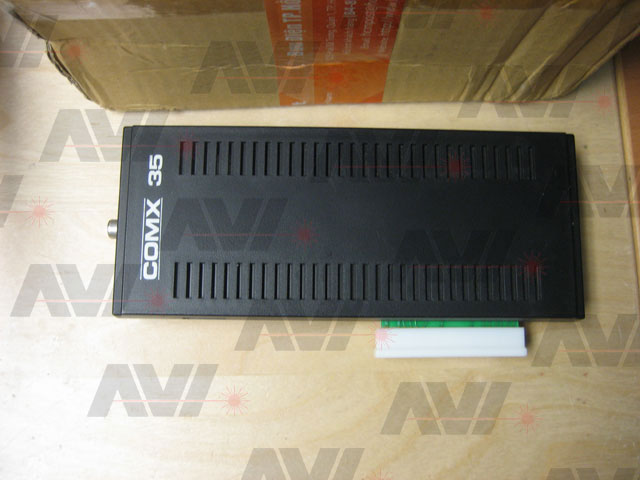
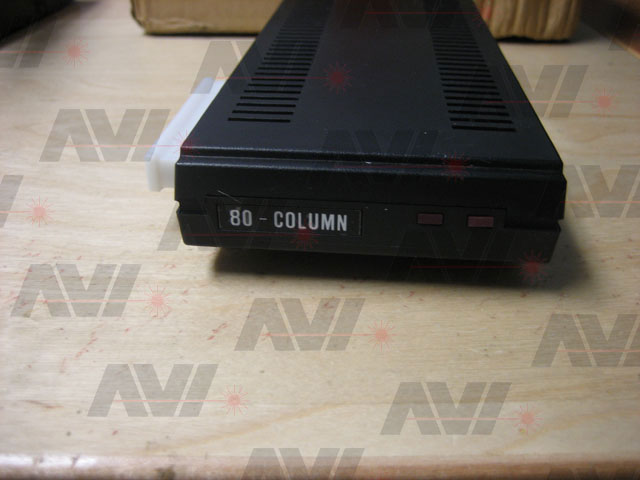
TESTING
I tested the board and at first it did not work. I could see no damage. I tried reading out the ROMs (there are 2 on this card) one at a time. Both read out fine. I noticed that the character ROM was in the program ROM socket. I swapped the ROMs and tested the board again. To my surprise, it sprang to life. It was not broken.
I tested the 80-column card in the Super Board, it worked fine but had no prompt. It was a firmware issue that Marcel figured out and fixed.
OBSERVATIONS
The LED that usually is the "Active" LED on COMX expansion cards works as the "Select" LED.
The switch is used to invert the video. When it is set to Ground, video is normal ('White on Black'). When the switch is set to +5 volts, the video is inverted ('Black on White').
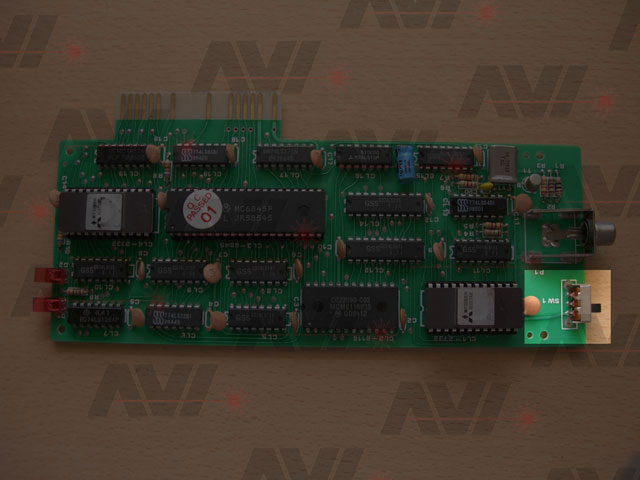
Here are a couple of pictures of text in both modes:
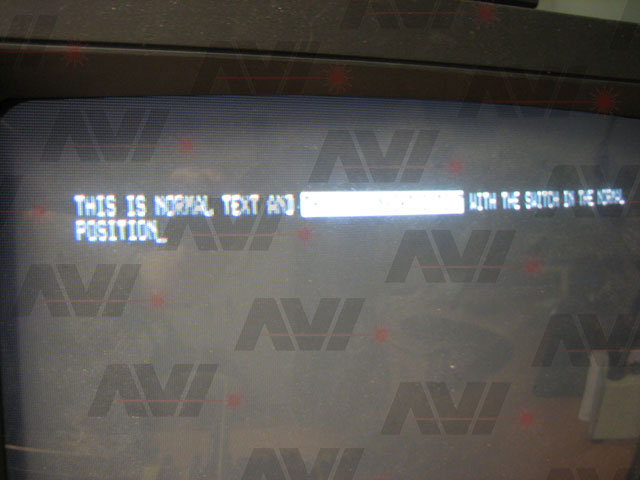
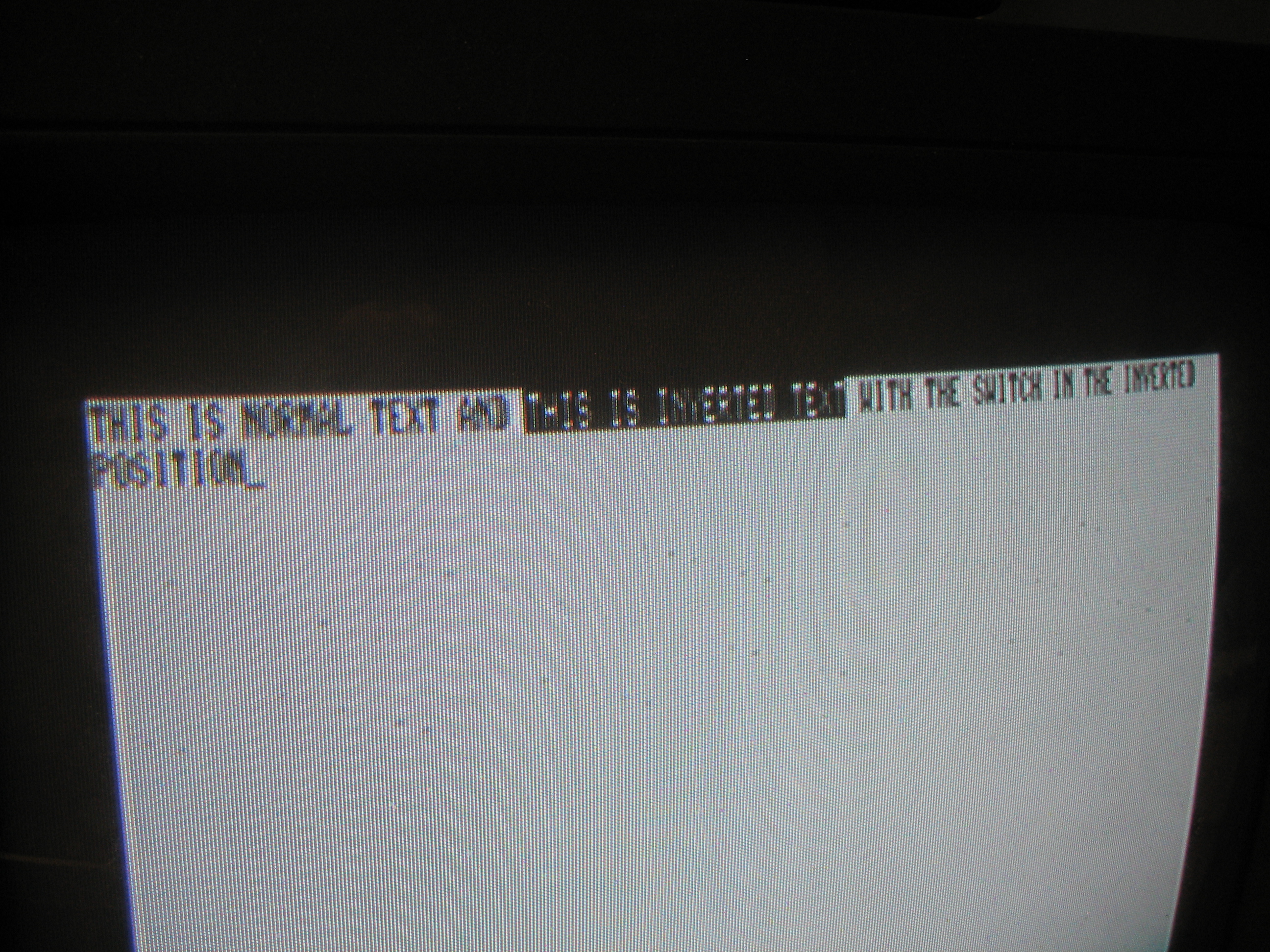
What is normally the "Select" LED follows the position of the switch. When video is normal the LED is off. When inverted the LED is on.
PEGS
The plastic case that the 80-column card is housed in has little "pegs" on one side. I had never seen them before. Here is a picture of the pegs:
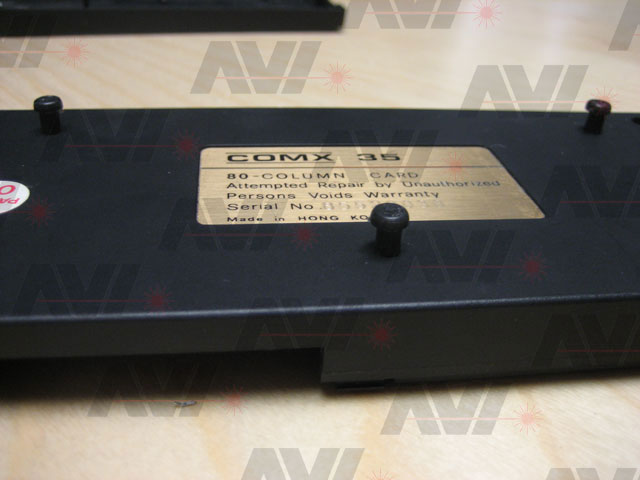
They look like they are standoffs for when the card is installed in the side of the COMX-35. They touch the table top, stopping the card from "bending" down to the table. It is hard to get a good picture of the pegs under the card, but here are a couple anyway:
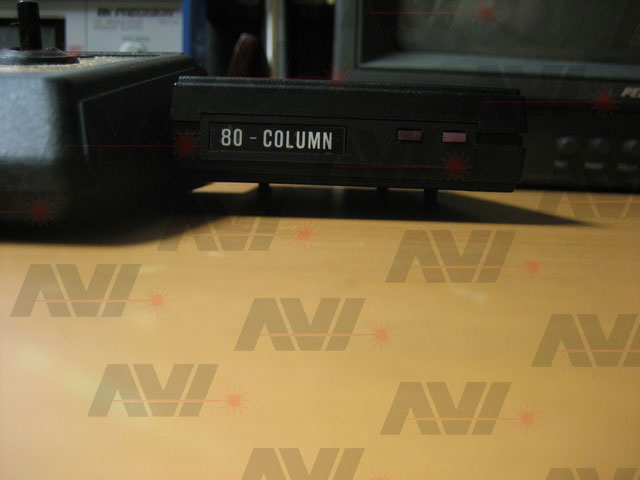
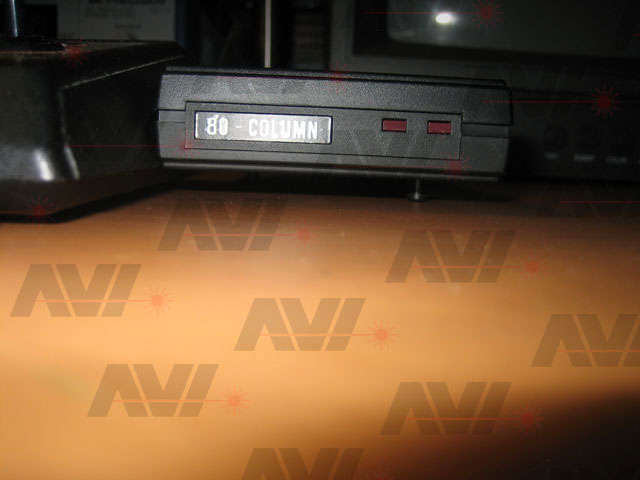
I have only seen few different COMX expansion cards and none of them had pegs. I had seen holes in the cases, but did not know what they were for. Here is what I had seen before:
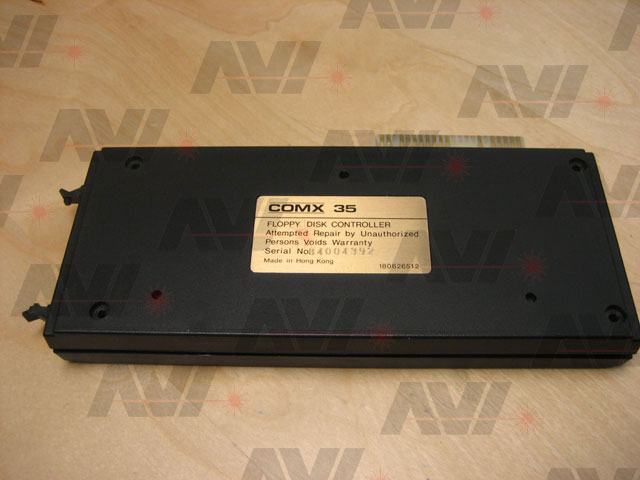
Marcel told me that when expansion cards were used in the original expansion box, they needed to remove the pegs from adjacent cards. Over time most of the pegs were lost.
When I designed the SB PCB, I made the slots a little further apart than on the original expansion box. Just by coincidence, the extra spacing appears to be about the same as the pegs on the 80-column card. Here are a couple pictures of the 80-column card installed in the SB with the floppy card:
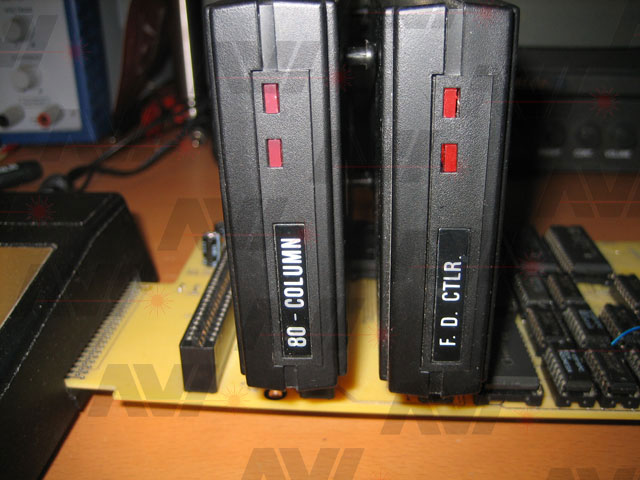
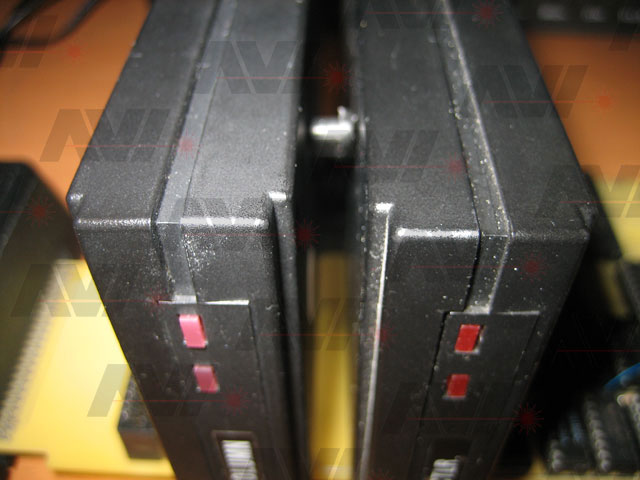
BUILDING MY OWN 80-COLUMN CARD
By visual inspection and tracing Barend's card using my meter, I drew up a schematic of the 80-column card. I checked what I had drawn by retracing the board with my meter and marking each connection on the schematic. When I was sure I had the drawing correct I started laying out a pcb.
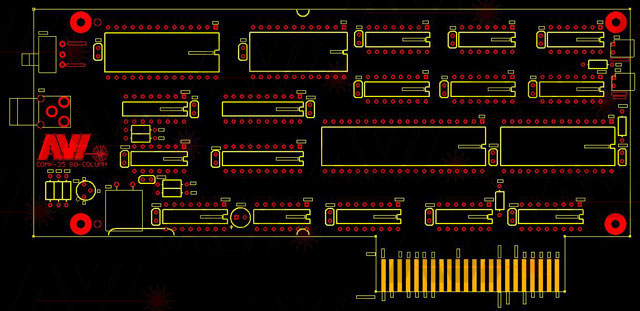
I made sure the layout matched the schematic, which it did. I placed an order to have the PCB made.
While I was waiting for them, I ordered a few MC6845 chips from Unicorn Electronics (http://unicornelectronics.com/index.htm). I also placed an order with Digikey (http://www.digikey.com) for some of the parts I was missing. I then gathered up the rest of the parts.
The PCBs arrived a couple days later. Here is what it looks like:
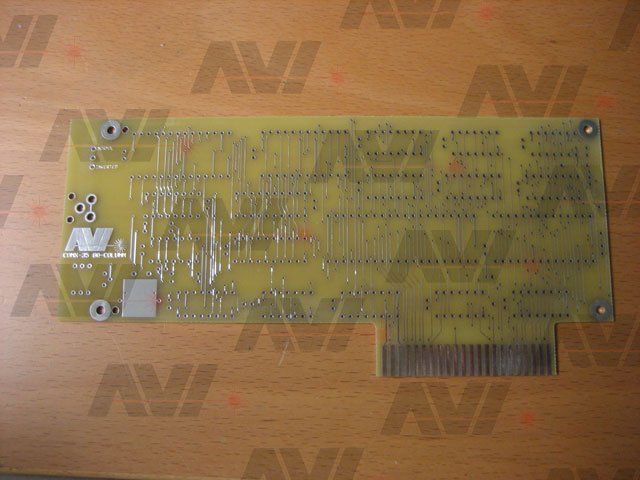
Here it is built:
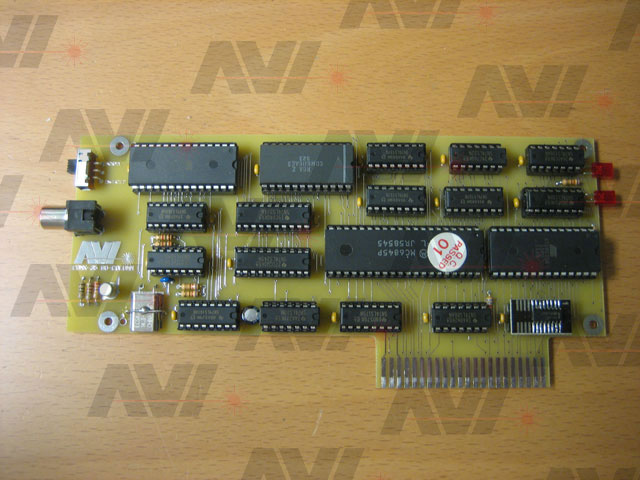
Here is a picture of Barend's original and the one I built:
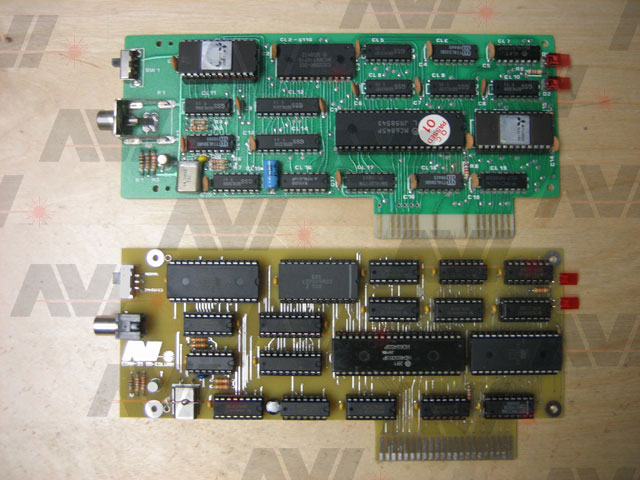
And finally a couple pictures of my 80-column card running while installed in the Super Board:
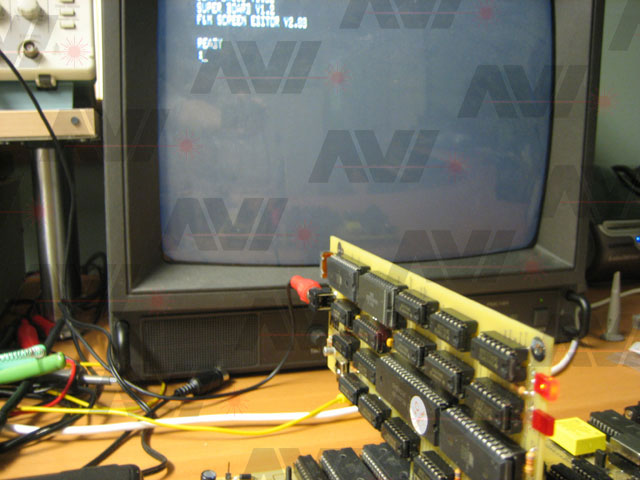
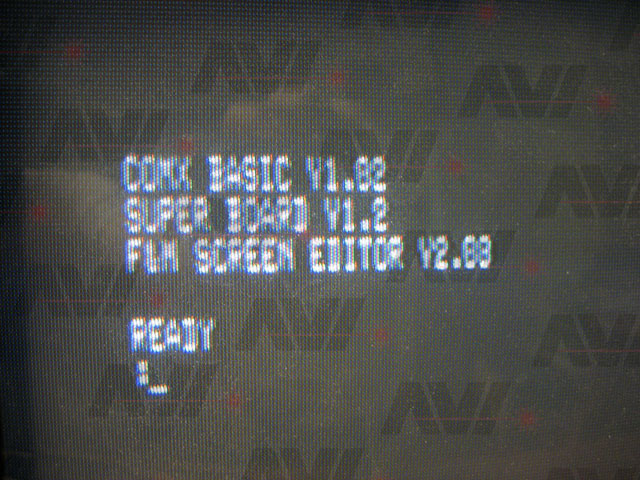
Thank you for reading this. I hope you found it interesting.
ED